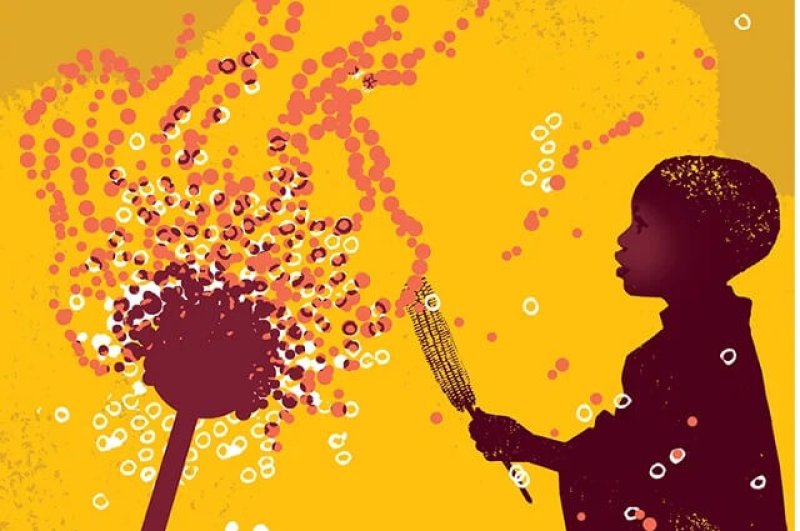Climate change is expanding the reach of aflatoxin, a chemical produced by a gray-green mold that infects corn crops and could threaten widespread damage to the country’s lucrative Corn Belt. According to new research, aflatoxin has been primarily confined to the South. But as hot and dry weather moves northward, fungal infections will move with it, hitting the Midwest more frequently and on a wider scale than previously seen.
The study, published in the journal Environmental Research Letters, found that under current climate change scenarios, aflatoxin contamination will increase in 89.5% of corn-growing counties in 15 states by the 2030s. This includes a number of states in the Corn Belt, such as Iowa, Illinois, and Indiana, which produce the majority of the United States’ corn — an $82 billion industry.































